



Cholatse poses technical challenges, prompting the expedition to strategically install fixed ropes where needed to ensure the safety of all climbers and staff. A dedicated period of 14 days has been allocated at base camp and higher elevations, providing ample time for both rope fixing and contingency planning in case adverse weather conditions arise.
Our approach prioritizes a cautious acclimatization schedule, with an initial focus on base camp residency to allow climbers to acclimate before venturing onto the mountain. This method ensures a gradual adaptation to the high-altitude environment.
The planned route involves navigating a compact icefall leading to a potential small rock section, dependent on snow coverage. Fixed ropes will be in place for added security during this segment. Subsequently, the ascent continues along a lengthy snow and ice arete, exclusively following the Southwest Ridge to the summit. Our strategic plan involves the establishment of a single camp on the mountain, situated at 5,700 meters—Camp One. This streamlined approach maximizes efficiency and minimizes the impact on the challenging terrain of Cholatse.
Our base camp rivals, if not surpasses, the luxury offered by some of the more expensive operators in the Khumbu region. The culinary excellence of our highly experienced cooks is renowned, with the food being acknowledged as among the finest in the Himalayas. Each climber enjoys the comfort of a personal Mountain Hardwear 3-person tent at base camp, complete with insulation, a foam floor covering, and an additional thick foam mattress for enhanced comfort. Our dining arrangements boast a carpeted, heated, and solar-lit tent, ensuring a cozy and well-lit space for shared meals. At Altitude Junkies, we adhere to a strict policy of removing all human waste from base camp. Our dedicated porters transport the toilet drums to a lower village, where proper disposal procedures are followed, reflecting our commitment to environmental responsibility.

Situated at approximately 5700 meters above sea level, Cholatse's high camp is reached after a challenging 5-6 hours of uphill climbing, starting from the crampon point at around 5200 meters. At the crampon point, climbers prepare themselves with all the necessary climbing gear before advancing towards the glacier. The ascent continues, navigating the formidable Great Wall of Cholatse, ultimately leading to the high camp. The panoramic view from this elevated camp is truly breathtaking.
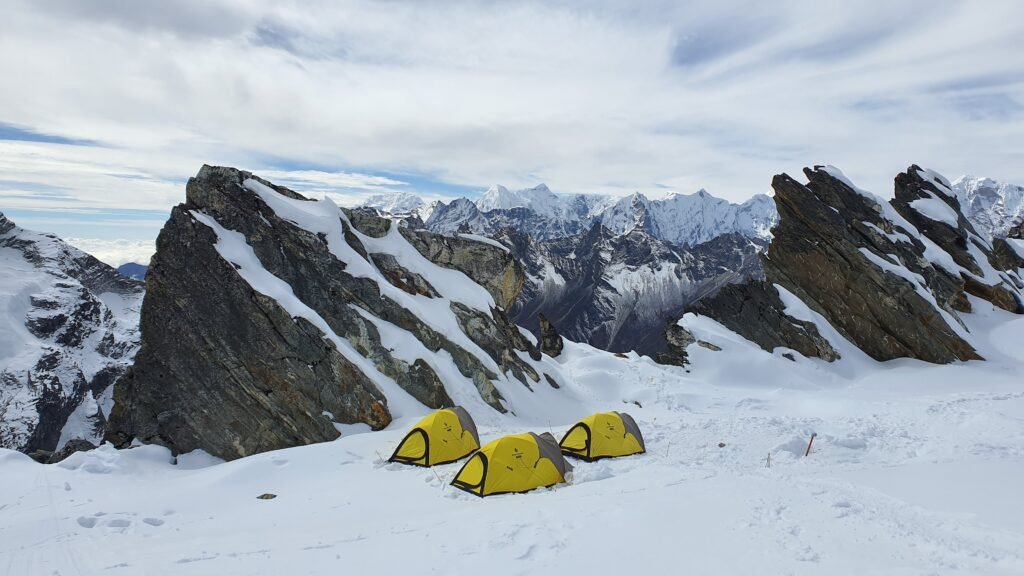
Following the acclimatization rotation at Cholatse's high camp, team members prepare for the summit push. During this critical phase, clients ascend once more to the high camp, where they spend the night in readiness for the midnight summit push. The ascent to the summit begins with a climb led by the rock section, situated just above the high camp. Following this challenging section, climbers navigate the Southwest Ridge of Cholatse, utilizing fixed ropes meticulously set up by our team prior to the clients' summit attempt. As climbers progress, the route encompasses an ice traverse and steep 45/50-degree angle ice climbing just below the summit. From the pinnacle, a breathtaking panorama unfolds, offering stunning views of iconic peaks such as Mt. Everest, Lhotse, Makalu, Ama Dablam, Taboche, Gokyo, and more. The summit push, with its technical challenges and awe-inspiring vistas, marks the culmination of the Cholatse ascent for our climbers.





















































Preparing for a challenging expedition requires assembling a comprehensive array of essential gear, encompassing a durable backpack, weather-resistant tent, cozy sleeping bag with an insulated sleeping pad, and a reliable stove for cooking sustenance on the go; navigation tools like a map, compass, and GPS device ensure a safe journey, while a well-stocked first aid kit, emergency shelter, and multi-tool provide security in unforeseen circumstances; carefully chosen clothing layers, including waterproof rain jackets, trekking socks, and sturdy hiking boots, offer protection from the elements, complemented by trekking poles, a backpack rain cover, and dry bags for added resilience against inclement weather.
CLICK THE PICTURE FOR MORE INFORMATION

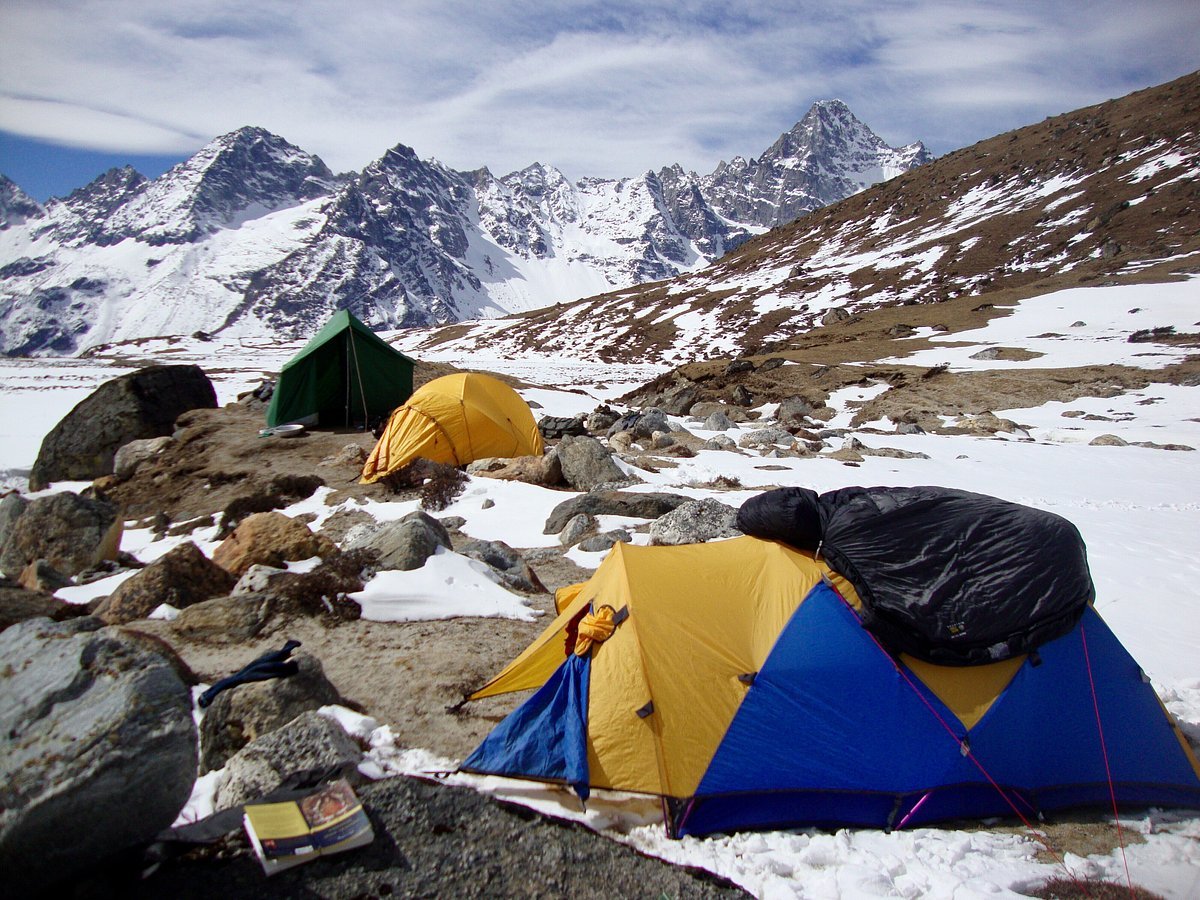
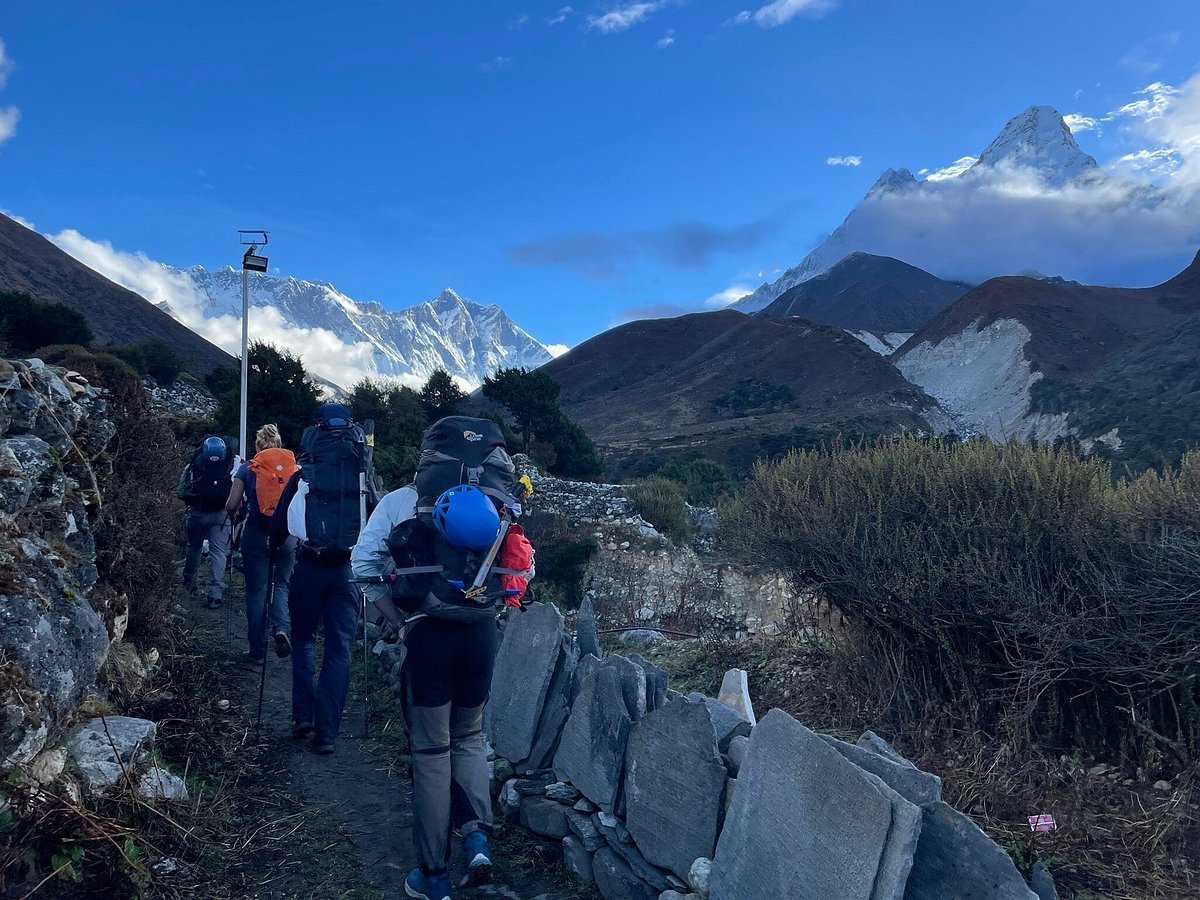
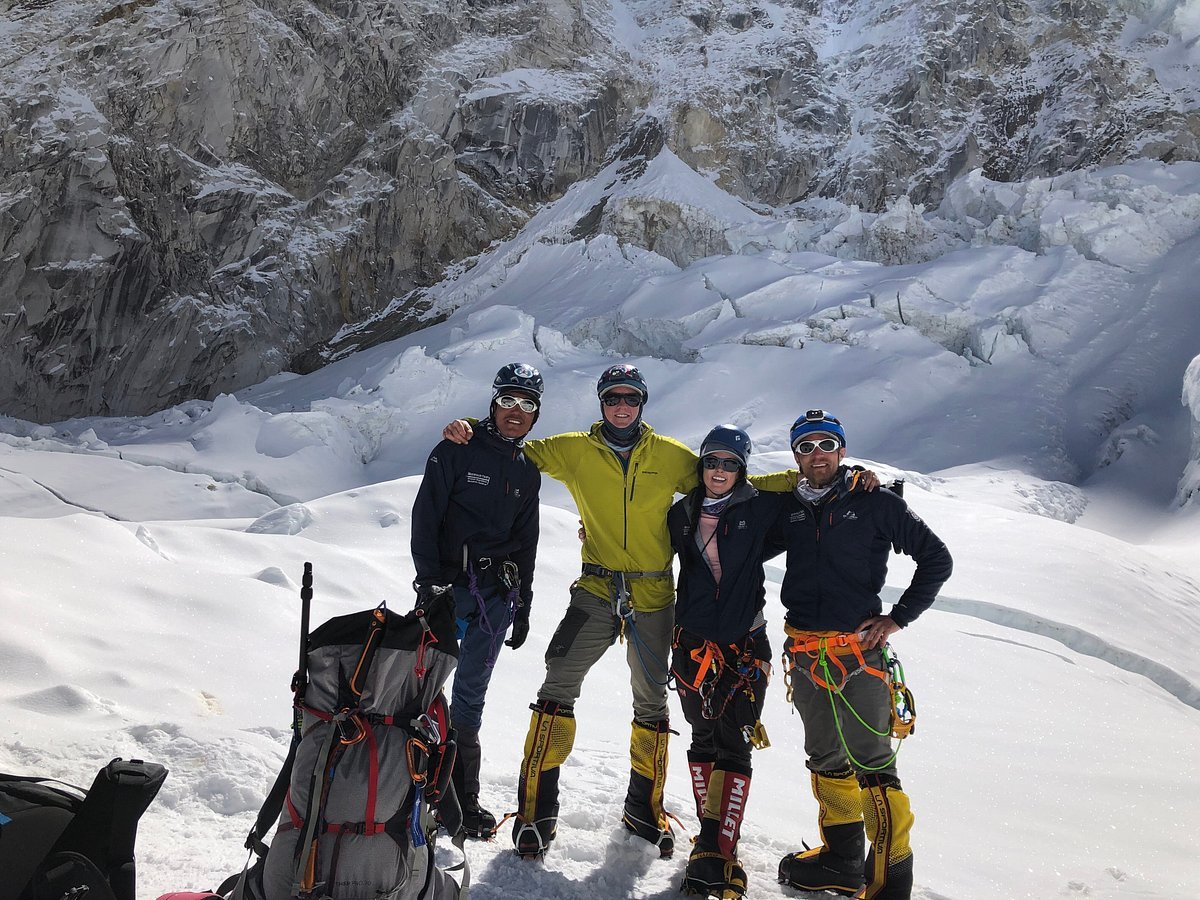
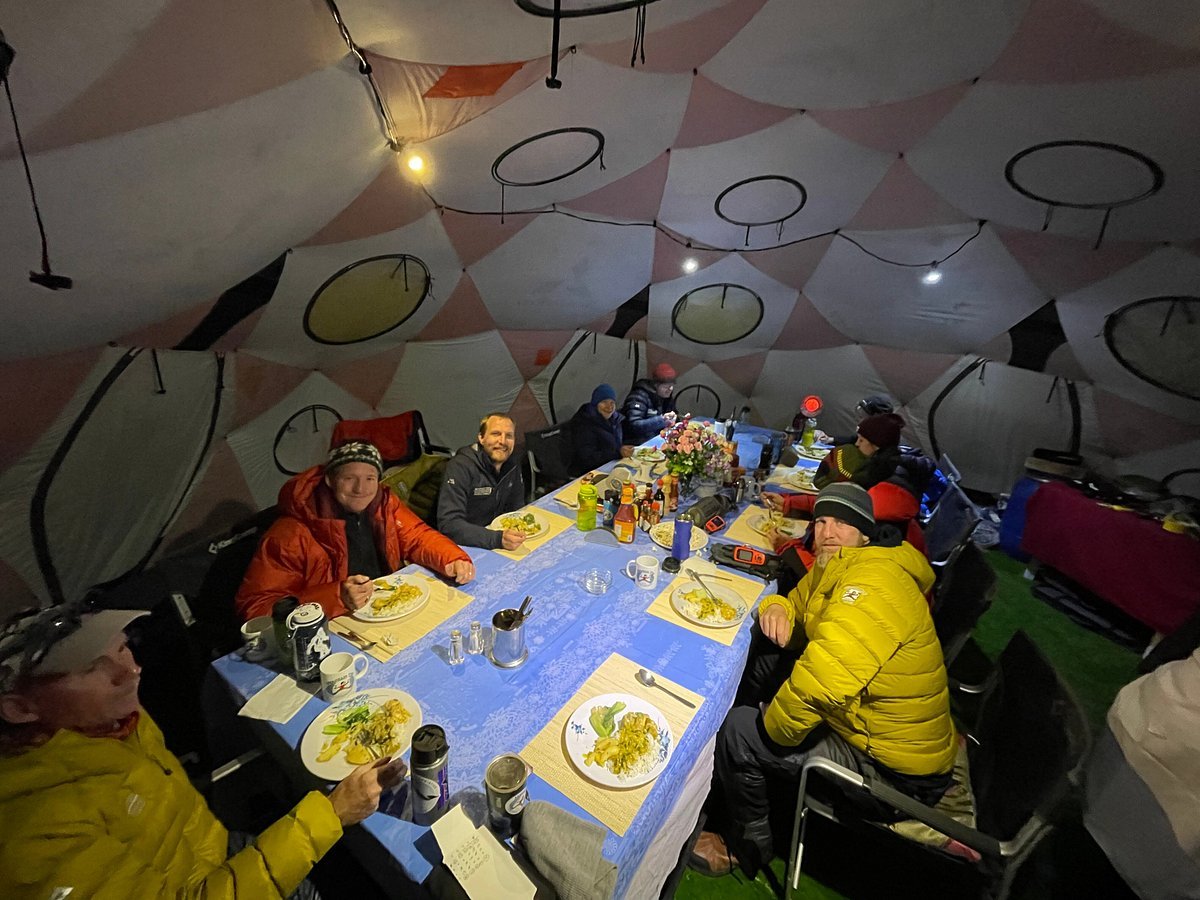

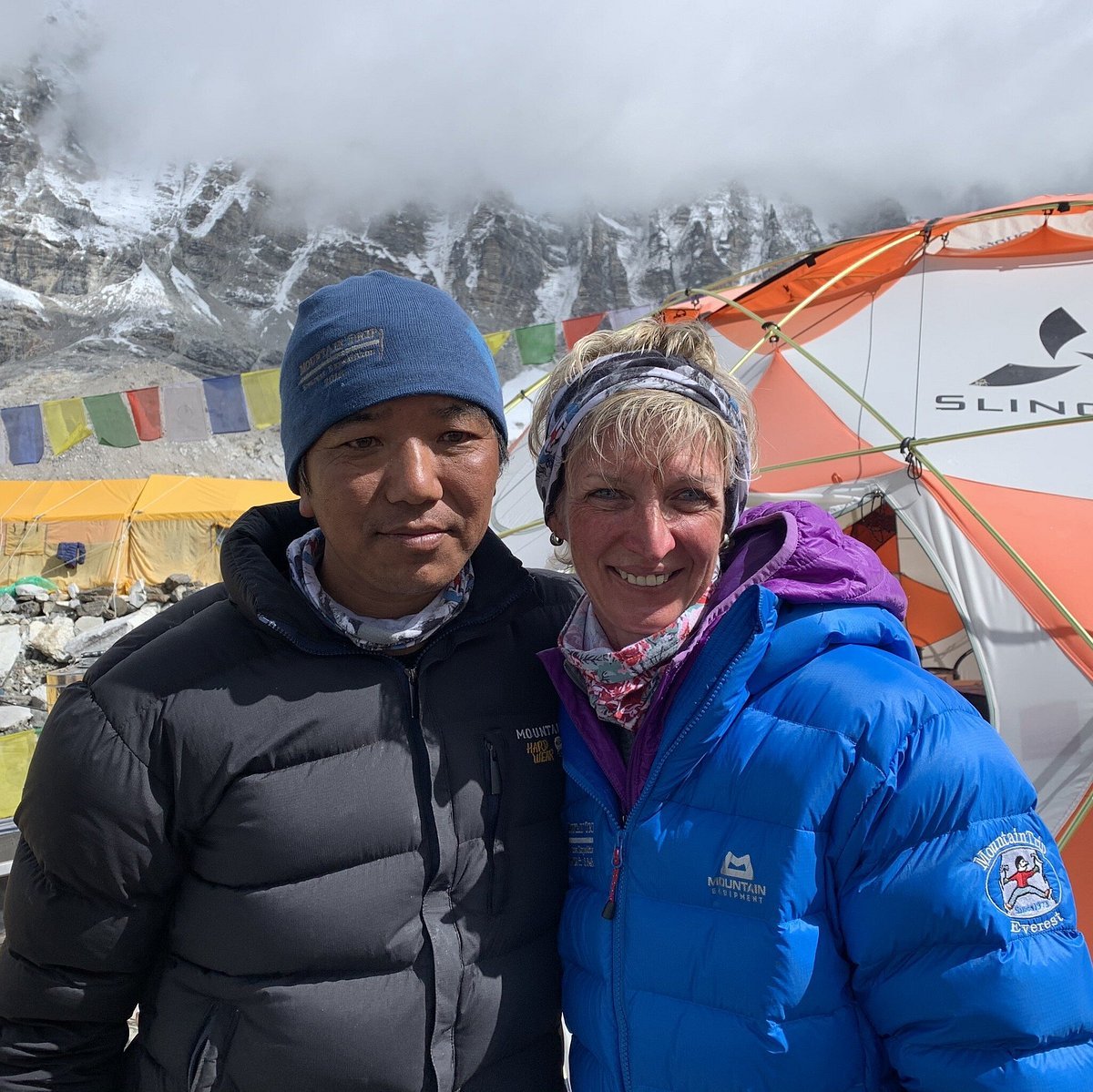

Peak fitness is essential. Train with hikes, carrying gear. Personal Sherpas are optional; porters handle group equipment. Individualized advice for mental and physical preparation is available.

Pre-expedition medical examination is recommended. Dental checks are crucial due to pressure changes at higher altitudes.

Prior high-altitude and mountaineering experience is required for eight-thousander expeditions. Training programs for newcomers are offered. For seven-and six-thousander expeditions, experience on four-thousander peaks is advisable.

Months of physical and mental preparation are necessary. Exercise, diet, and rest are key. Free world-class training programs for Everest climbers are available, along with exclusive discounts.

Months of training are required for fitness and technical climbing experience. Climbing lower peaks familiarizes climbers with equipment and terrain. Expedition training programs are offered in Europe and the US.

Climb lower peaks for altitude adaptation. Tailor-made programs prepare climbers for 8000er expeditions.

Expedition Himalaya, a veteran of Mount Everest and Himalayan expeditions, are poised to make climbing the Himalayan range a safe and unforgettable experience.
© 2024 Developed by Digital Raghu.